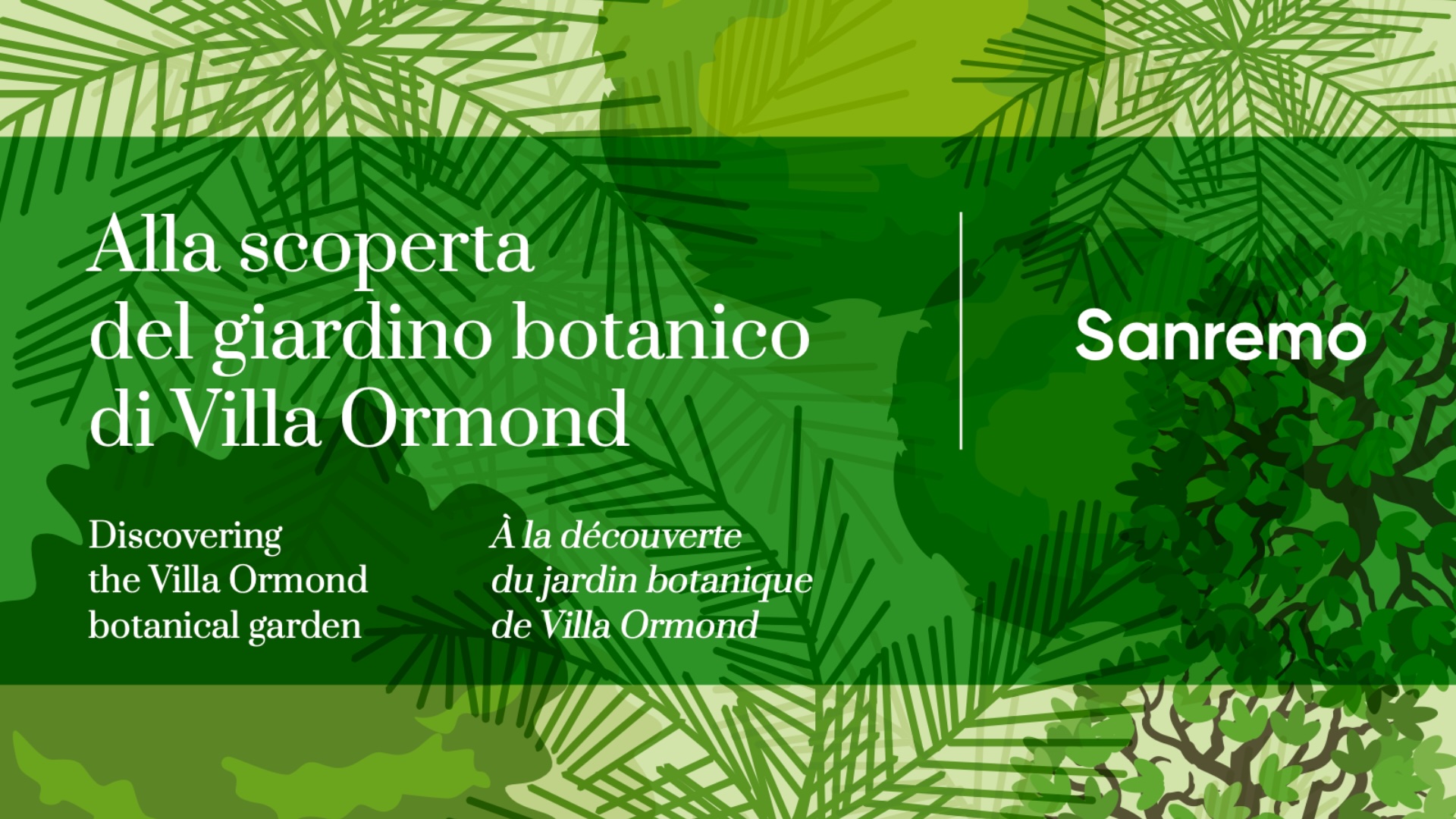The genus is derived from Pinus, the Latin name for pine, connected with the Sanskrit pítu = resinous, while the epithet pinea indicates the Latin name for pine cones containing pine nuts: nux pinea.
| Common Name |
Lodgepole pine |
| Origin | Species with a range on the Mediterranean coast extending from the Crimea to Portugal and Algeria |
|
Description |
A large, evergreen, resinous tree with a robust root system that can grow to a height of 20-25 metres. The crown is globular in shape and, in adult plants, takes on the characteristic umbrella shape, formed by upwardly curving verticillate branches that are concentrated in the upper part of the trunk. The trunk is erect and in old specimens is often forked; the bark is cracked and fissured into large, vertical, rhomboid, reddish-grey plates; the young twigs are glabrous, first green then greenish-yellow. Pinus pinea is not particularly long-lived, but can grow to around 200 years of age. The leaves consist of flexible needles in pairs of 2, usually 10-12 cm long, but also longer. The glaucous green needles are rigid, slightly twisted and have a minutely toothed margin and a yellowish, sharp, but not prickly apex; they are enclosed in a reddish corky sheath and persist on the foliage generally 2-3 years; it is a monoecious plant. The male flowers, called microsporophyllous, consist of a short peduncle and a squamiform distal part, on the lower page of which are the pollen sacs. An anemophilous plant, it produces a large quantity of yellow pollen. The female flowers, called macrosporophylls, consist of 2 types of scales: sterile covering scales and fertile, thickened ovule scales, which carry 2 ovules on the upper page; the scales are paired and each sterile scale carries a fertile scale; the macrosporophylls are ovoid, greenish in colour with purple streaks, they form in the upper part of the foliage and grow at the ends of the new shoots. The strobili, sessile or shortly pedunculate, solitary or paired, are very heavy, ovate-globose, resinous; they have thick, reddish-brown, shiny scales, ending in a broad pyramidal shield. Each scale bears 2 large edible seeds called pine nuts, protected by a woody shell, adorned with a rudimentary wing and covered with a black-purple powder. They ripen in 3 years. Its wood is a pinkish white sapwood and brown heartwood, soft and resinous, which resists moisture well and is used in shipbuilding. Pine kernels are used in the confectionery industry and for oil extraction. The resin was once used to distil turpentine and the pitch was used for caulking boats. |

